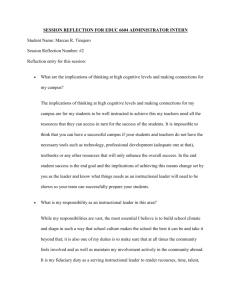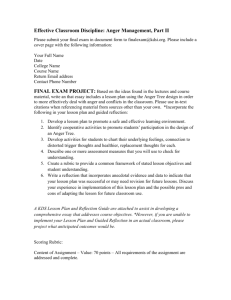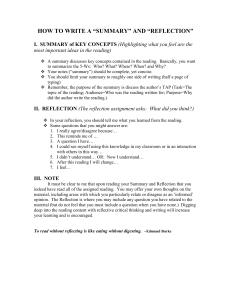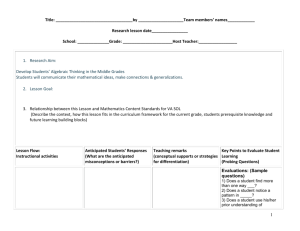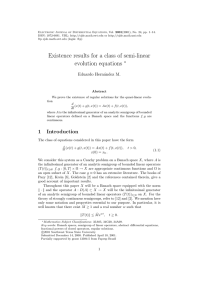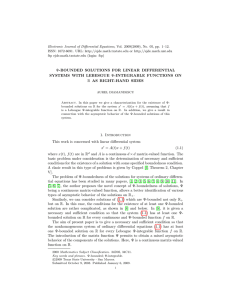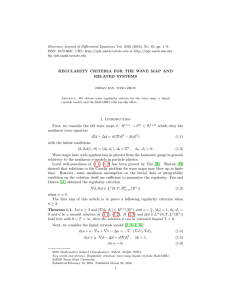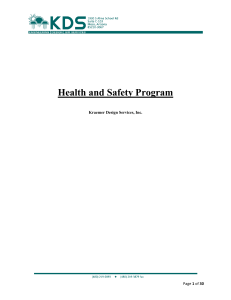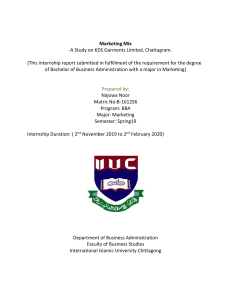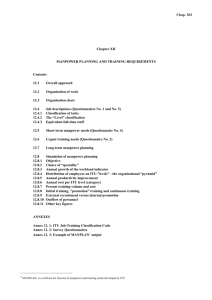Effective Classroom Discipline: Anger Management, Part I
advertisement
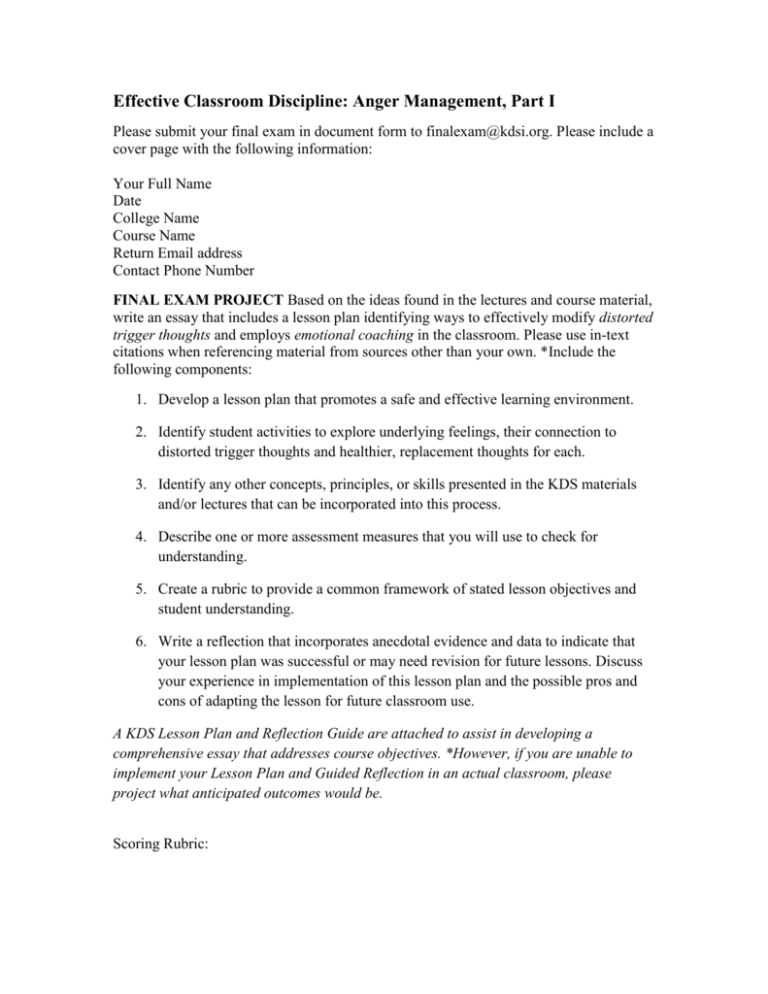
Effective Classroom Discipline: Anger Management, Part I Please submit your final exam in document form to finalexam@kdsi.org. Please include a cover page with the following information: Your Full Name Date College Name Course Name Return Email address Contact Phone Number FINAL EXAM PROJECT Based on the ideas found in the lectures and course material, write an essay that includes a lesson plan identifying ways to effectively modify distorted trigger thoughts and employs emotional coaching in the classroom. Please use in-text citations when referencing material from sources other than your own. *Include the following components: 1. Develop a lesson plan that promotes a safe and effective learning environment. 2. Identify student activities to explore underlying feelings, their connection to distorted trigger thoughts and healthier, replacement thoughts for each. 3. Identify any other concepts, principles, or skills presented in the KDS materials and/or lectures that can be incorporated into this process. 4. Describe one or more assessment measures that you will use to check for understanding. 5. Create a rubric to provide a common framework of stated lesson objectives and student understanding. 6. Write a reflection that incorporates anecdotal evidence and data to indicate that your lesson plan was successful or may need revision for future lessons. Discuss your experience in implementation of this lesson plan and the possible pros and cons of adapting the lesson for future classroom use. A KDS Lesson Plan and Reflection Guide are attached to assist in developing a comprehensive essay that addresses course objectives. *However, if you are unable to implement your Lesson Plan and Guided Reflection in an actual classroom, please project what anticipated outcomes would be. Scoring Rubric: Content of Assignment – Value: 70 points – All requirements of the assignment are addressed and complete. Quality of Writing – Value: 20 points – Written work shows superior college-level quality in verbal expression, attention to detail, and correct application of English language conventions including spelling, capitalization, punctuation, agreement, pronoun usage, and sentence structure. Points and ideas are well organized with clear thesis, introduction, body, and conclusion. Paragraphing is appropriate with clear topic sentences, supporting details, and transitions. Transitional words and phrases are used effectively. Sentences are clear and concise. Sentence structure is varied making use of subordinate clauses to emphasize points or connect ideas. Format - Value: 10 points – Written work follows APA conventions. Document is double-spaced with 1-inch margins and 10 to 12-point, plain font such as Times or Helvetica. Document includes cover page and reference page where applicable. In-text citations are used correctly and consistently with clear effort made to include a wide range of relevant works. KDS Lesson Plan and Reflection Guide Name: _____________________________________________ Course Title:___________________________ Date: ______________ Subject:________________________ Grades:____________ Instructional Plan: Completed BEFORE teaching lesson. Reflection: Completed AFTER teaching lesson 1. Student Characteristics/Entering Abilities What do my students know? What are their entering abilities? Did students need additional knowledge/information before beginning this 1. Assessment of Prior Knowledge. 2. Skill Review 3. Concepts and elements of lesson. lesson? Did other needs become apparent in implementation of the lesson? Were there problems within groups? What special needs to students have? 1. Specific learning disabilities 2. Different Learning Styles 3. Language barrier How will students be grouped for this lesson? 1. Materials and adaptations for special needs. 2. Objectives: What will my students know or what task will they be able to perform after this lesson? List observable learning objectives. To what extent did students learn objectives? List applicable State Standards. To what extent did students learn and/or apply State Standards? 3. Methods and Procedures: in order, list the instructional activities and procedures you use to meet your objectives. Teaching Method/Learning Activity: Which methods were most effective? Was time allocated sufficient? What might I do differently next time? 4. Materials: List all materials you will need for lesson and learning activities. List instructional material needed. Were materials sufficient and effective? List materials students will need for learning activities. Were other materials needed? Can I eliminate some materials? 5. General Reflection BEFORE & AFTER teaching lesson. Reflection BEFORE teaching the lesson: Did you deviate from lesson plan and objectives? Why? What might you do differently next time to improve this lesson, or a lesson using the same standards and learning objectives? Are there any students who did particularly well, or had a particularly difficult time with learning objects? How did you account for their difficulties? How might you improve overall student performance on this lesson? Additional comments or observations about components of this lesson you found particularly pleasing or successful. 6. Evaluation: Evaluation tools should match objectives. What methods will you use to evaluate learning? When will the evaluation(s) take place? Did evaluations measure intended learning objective?

